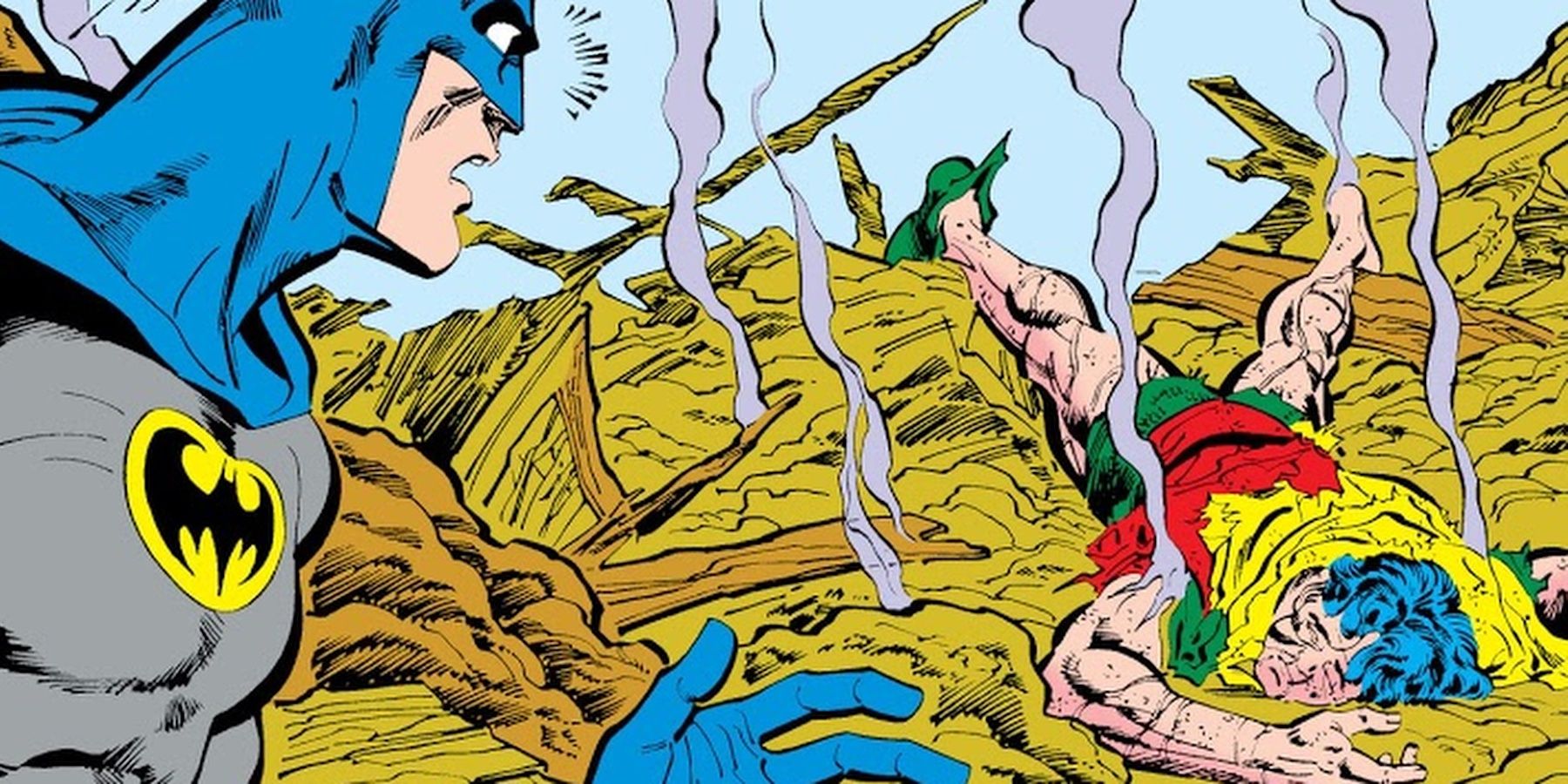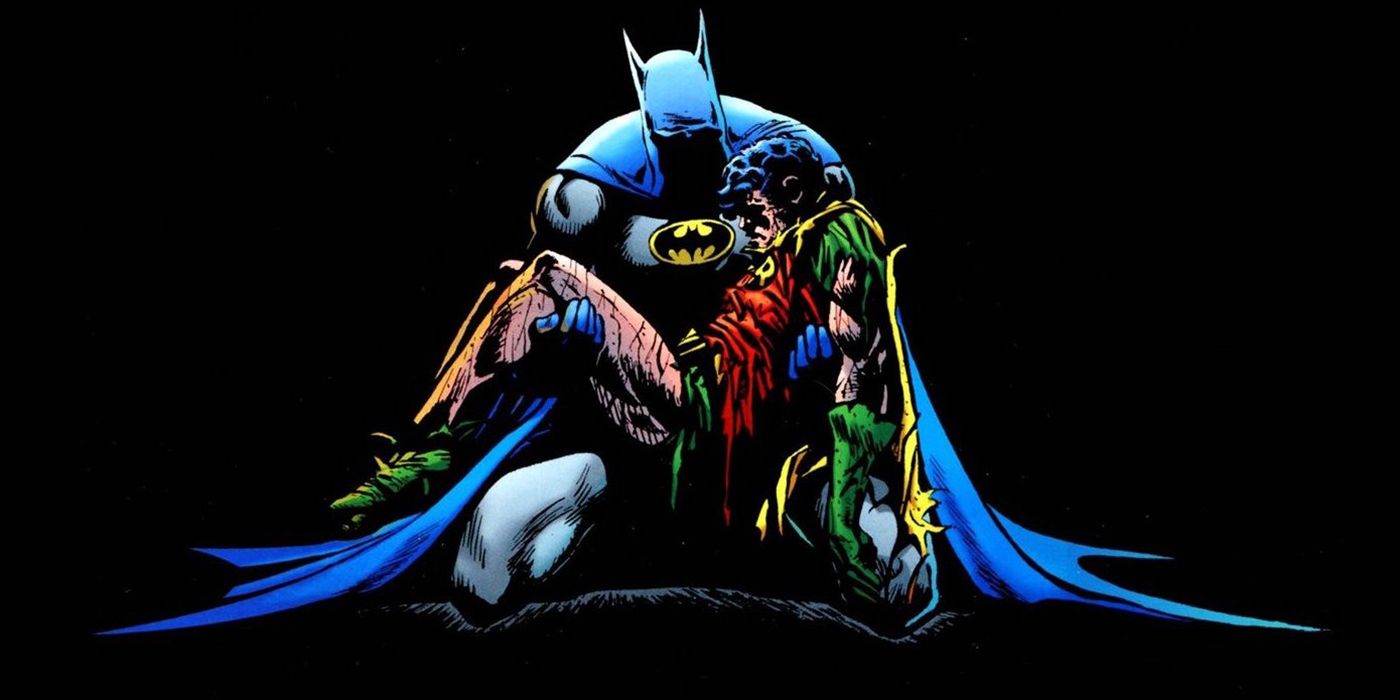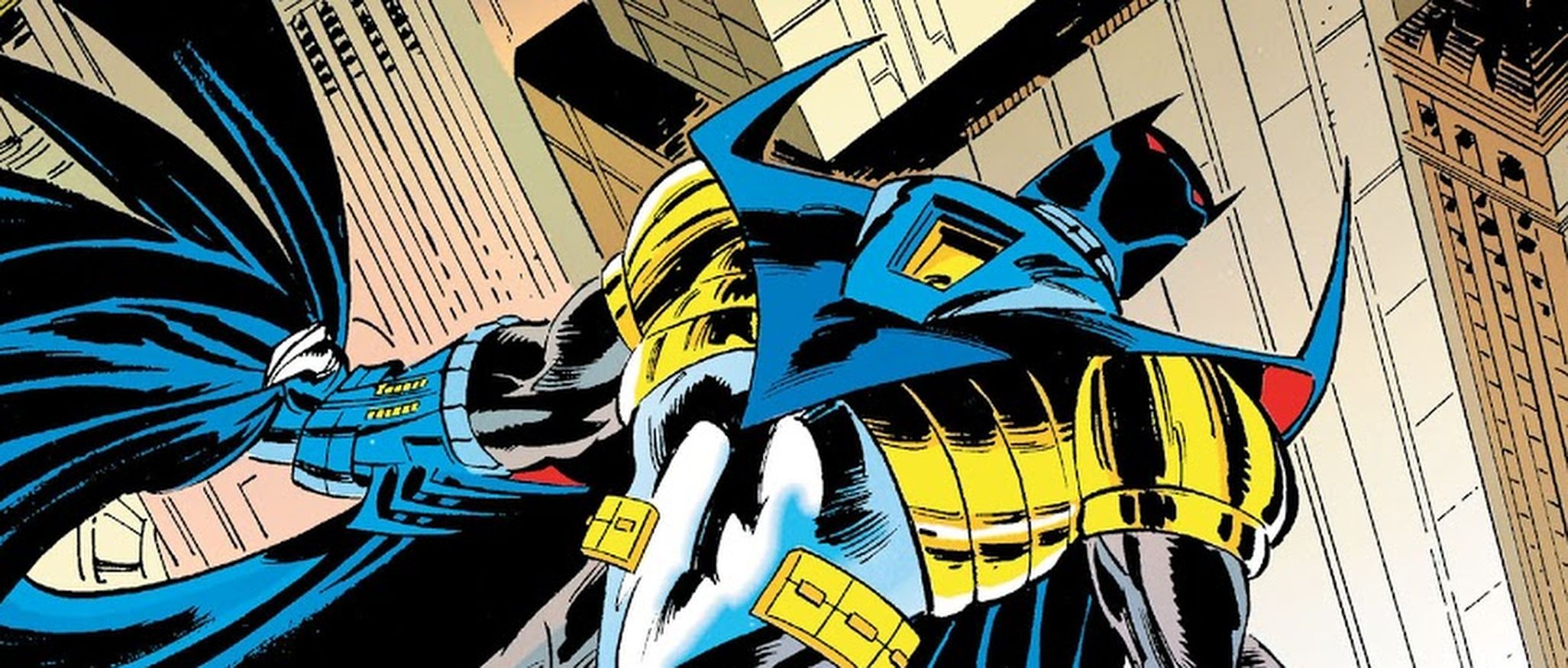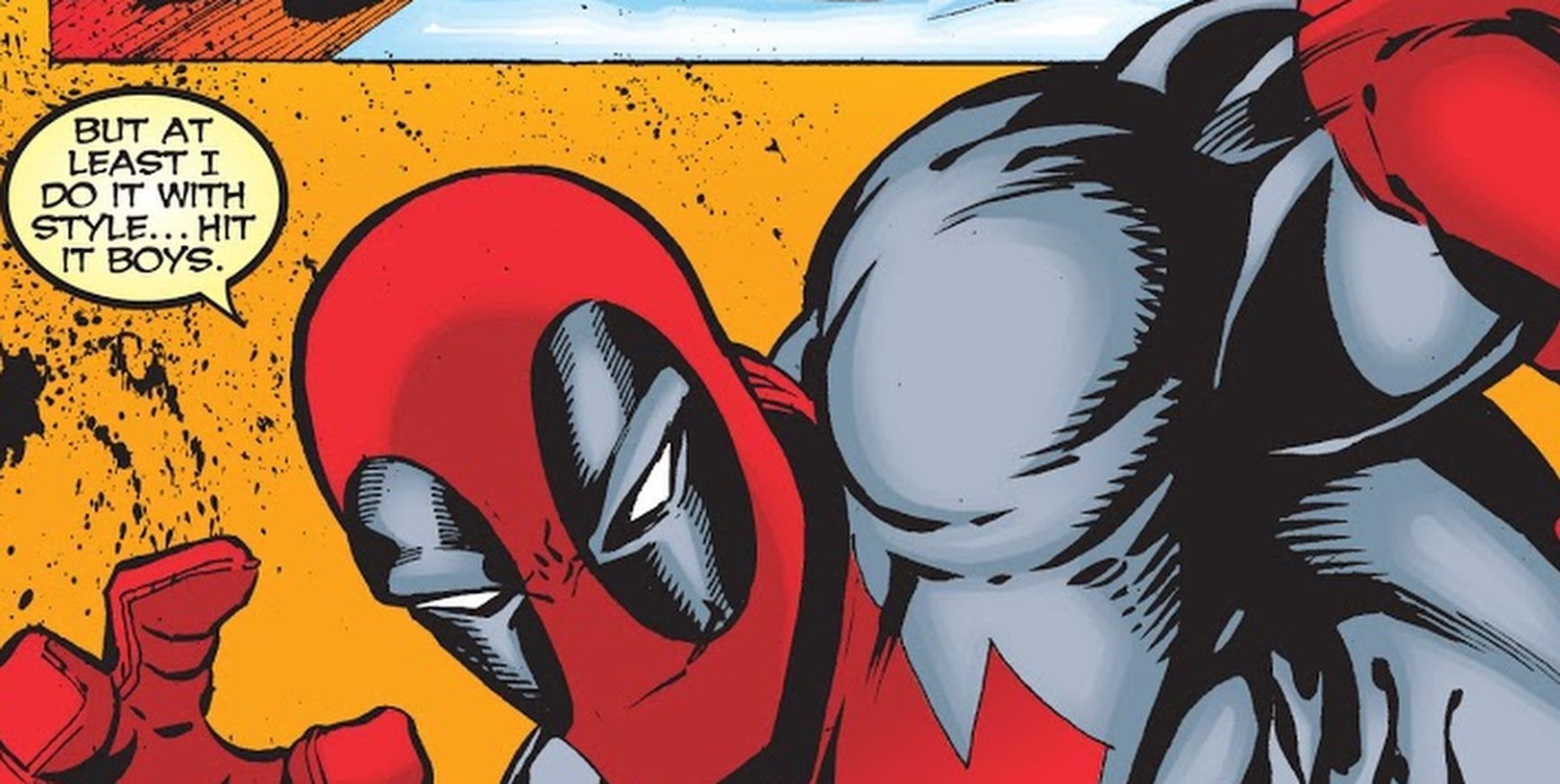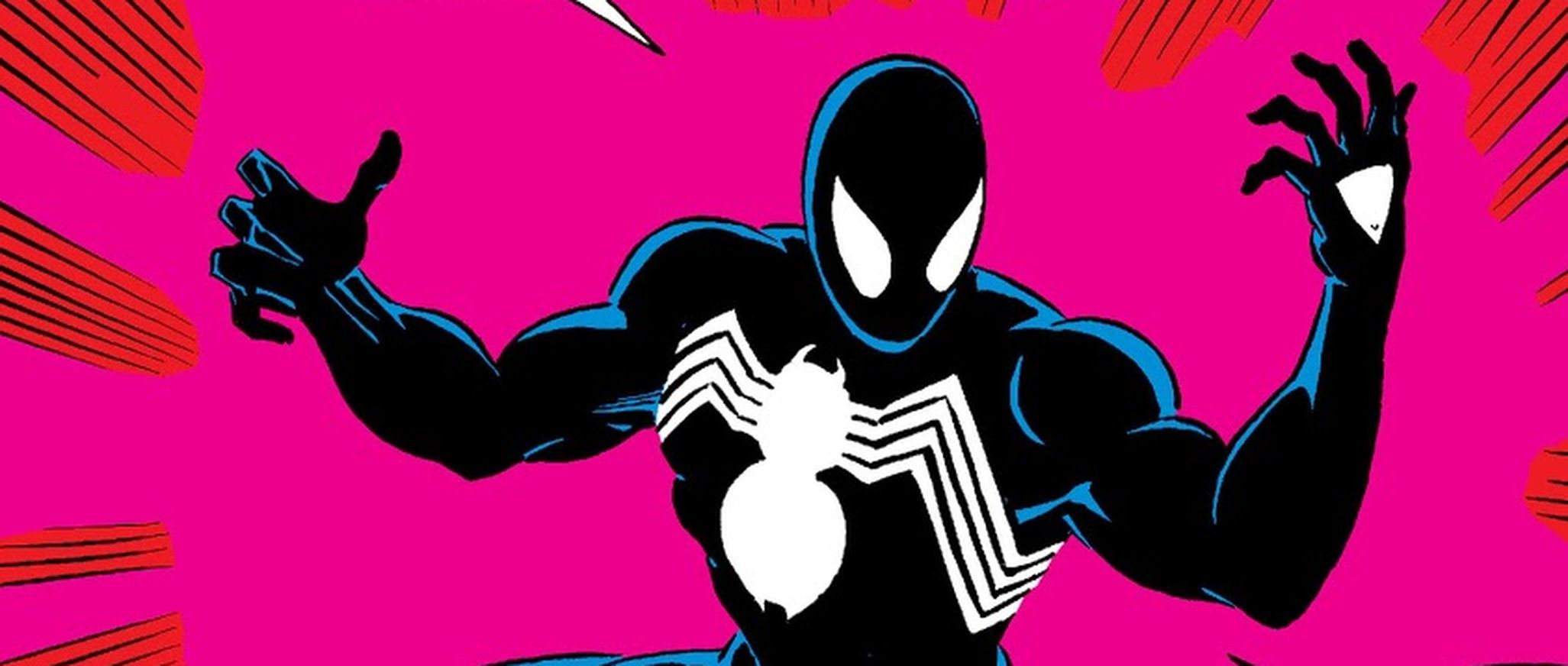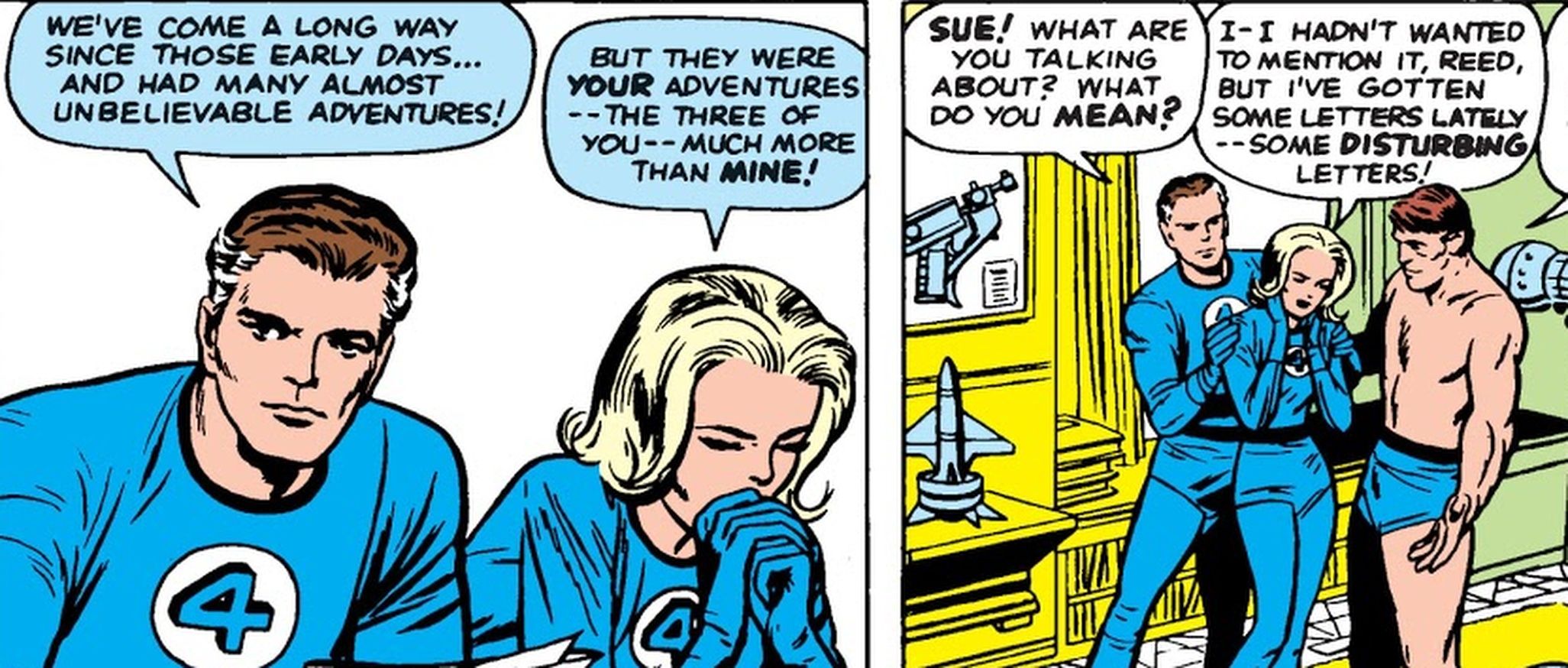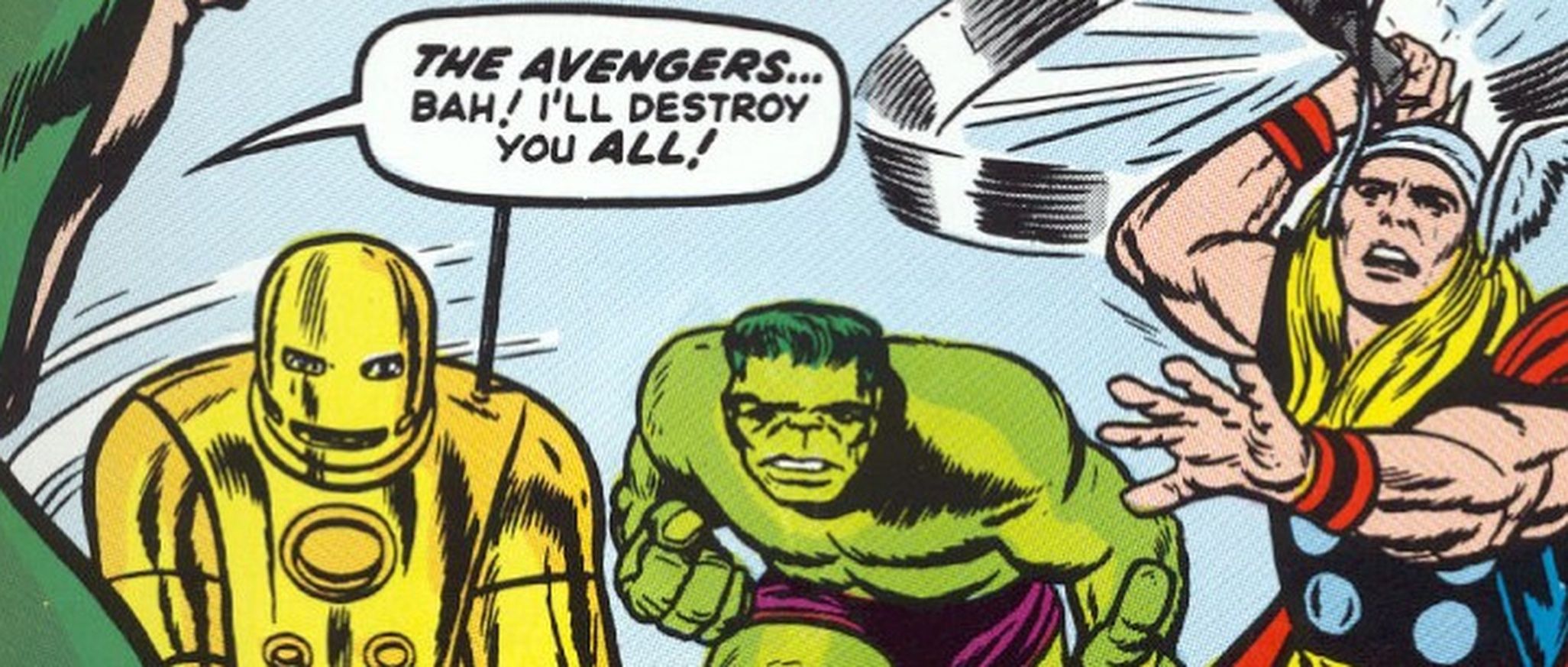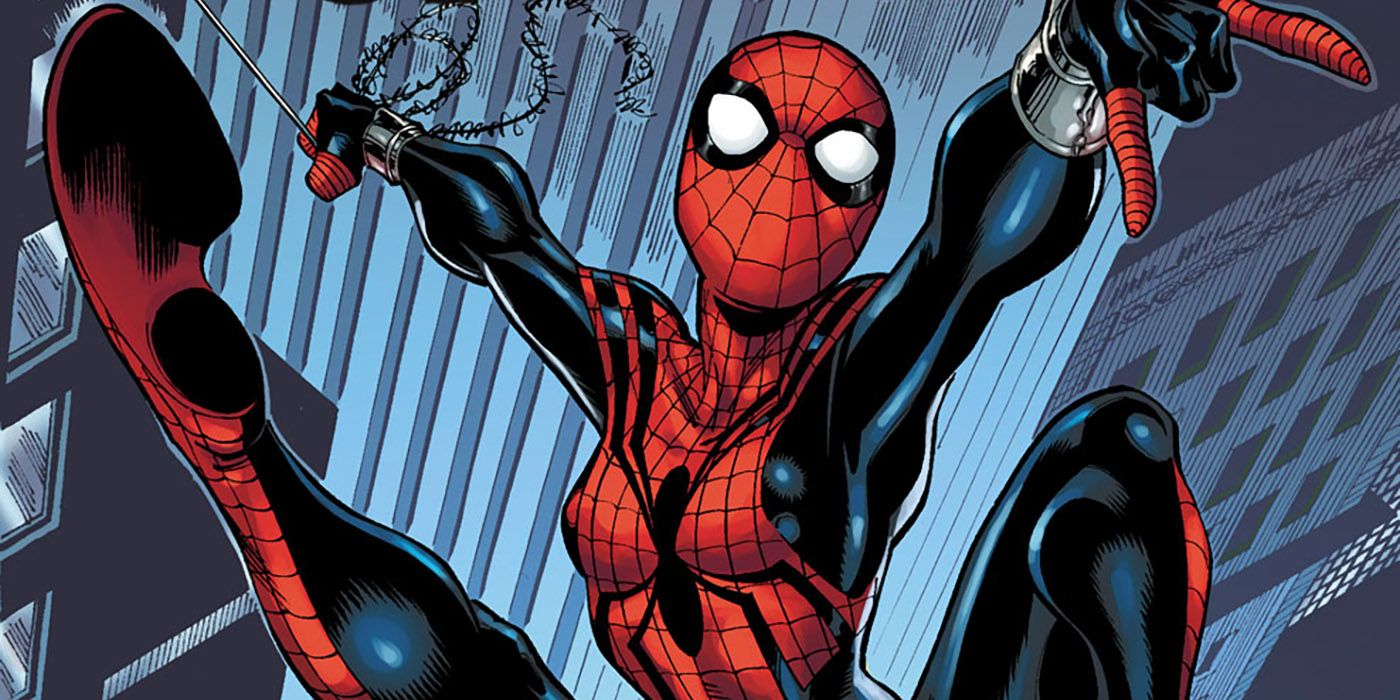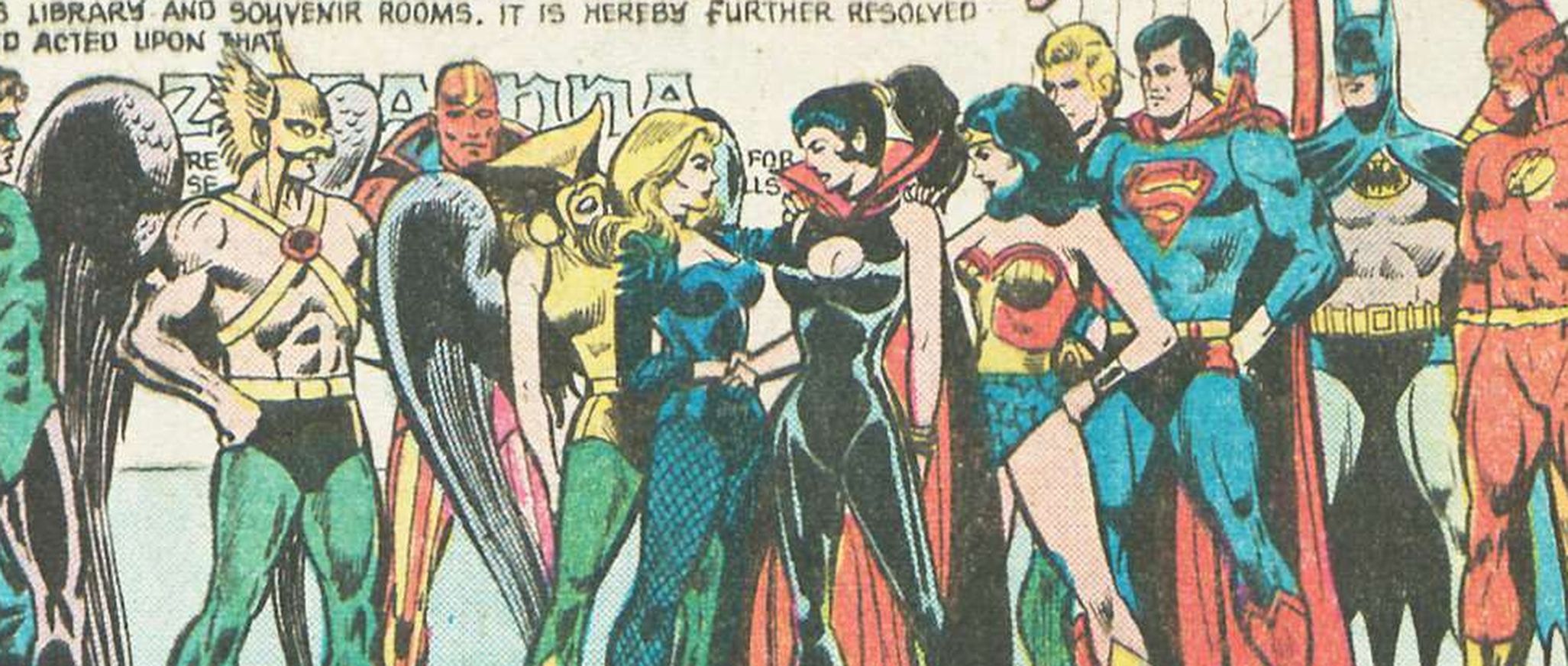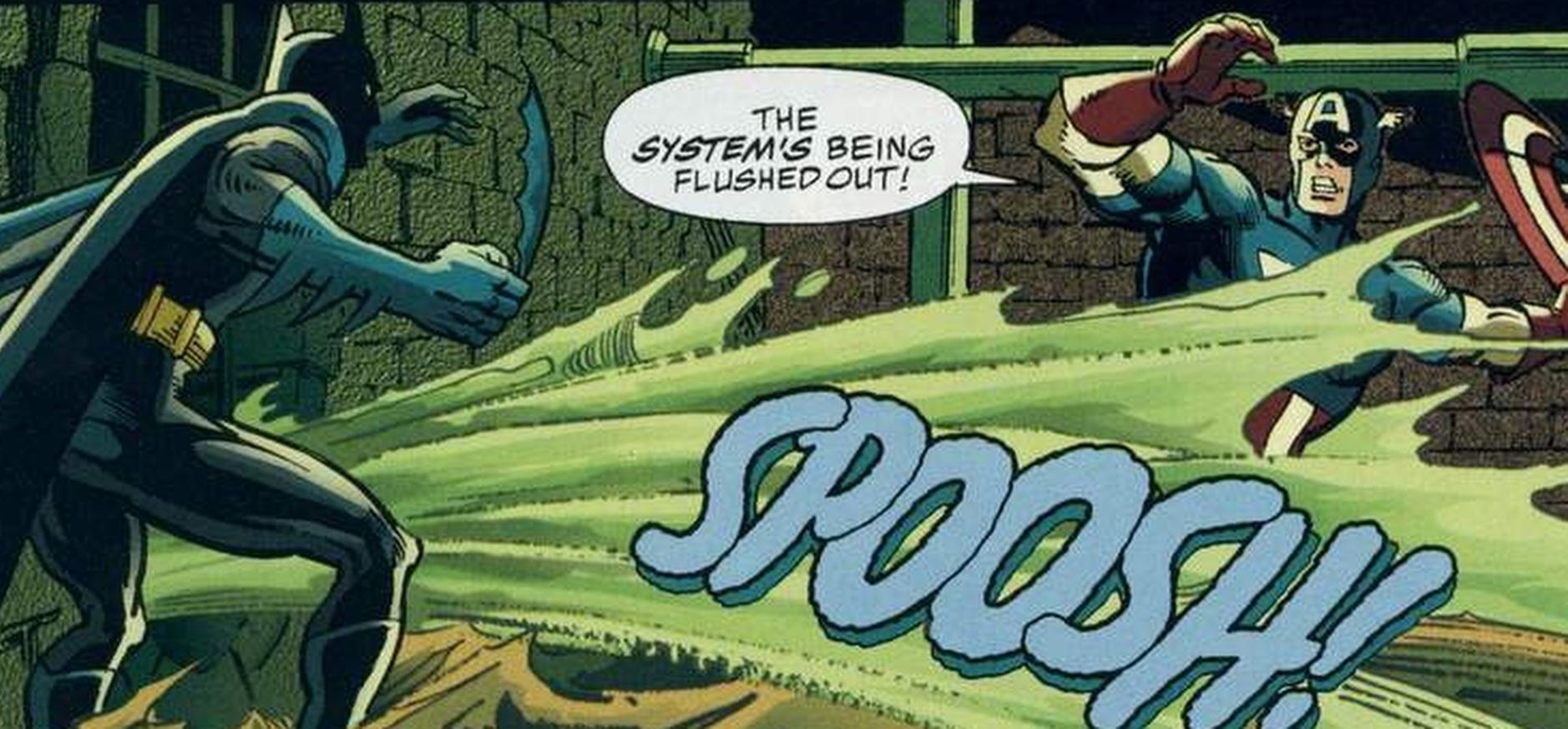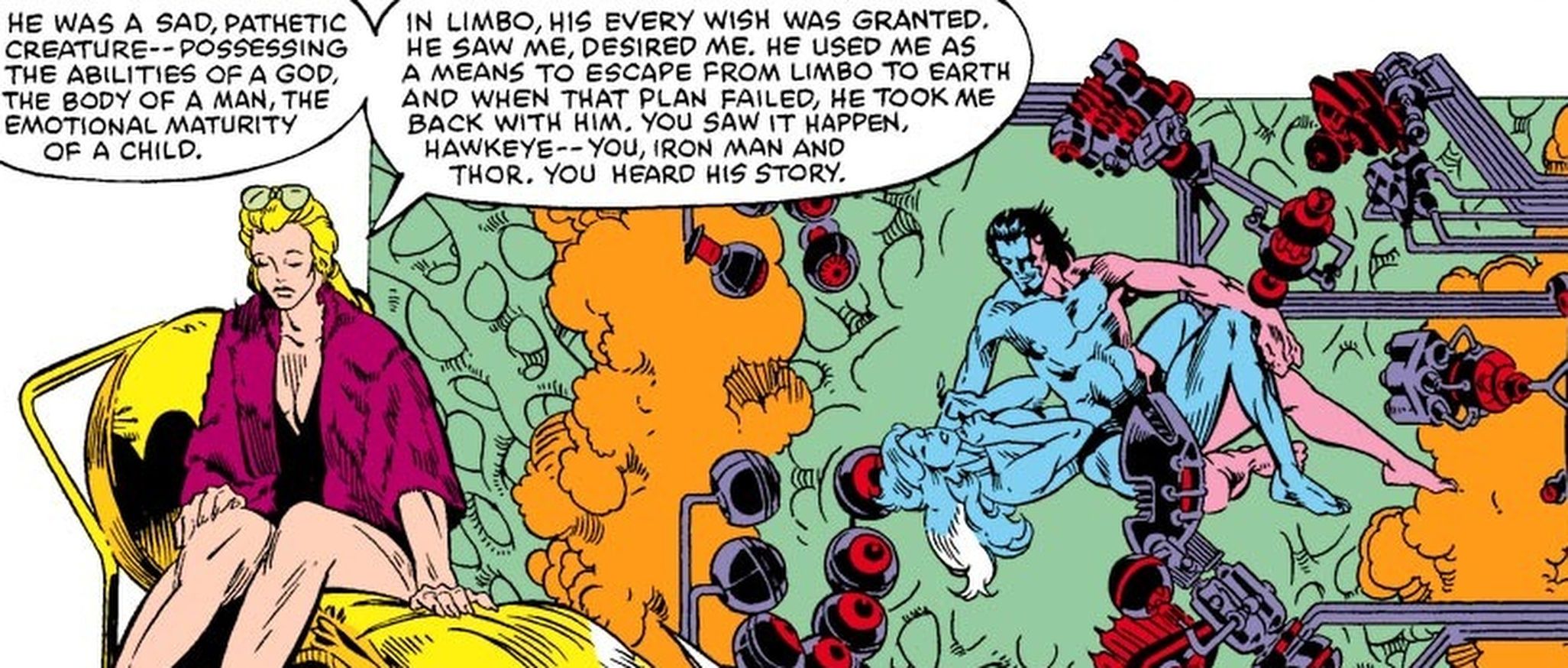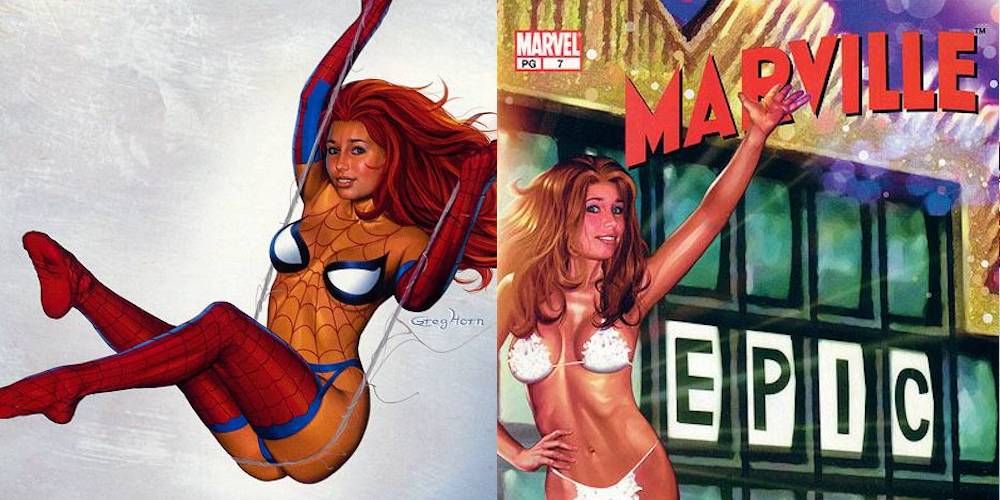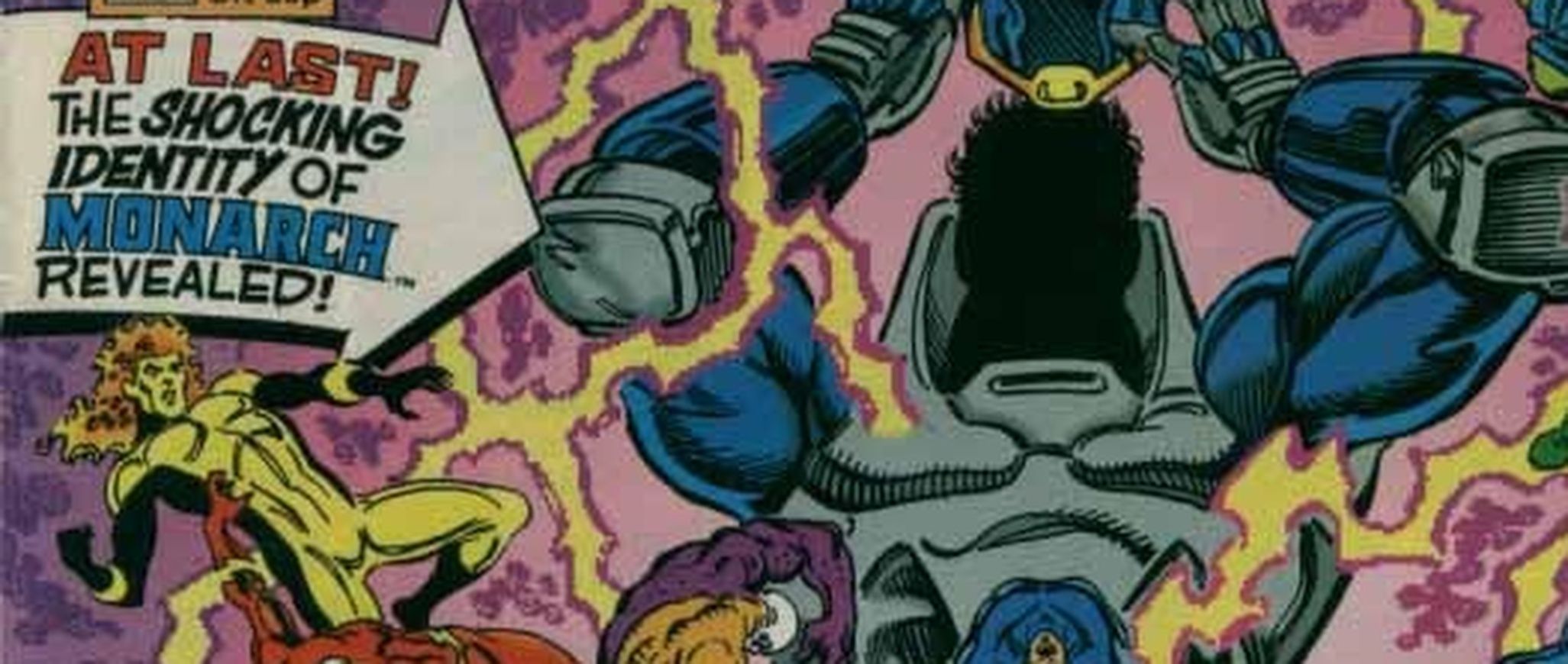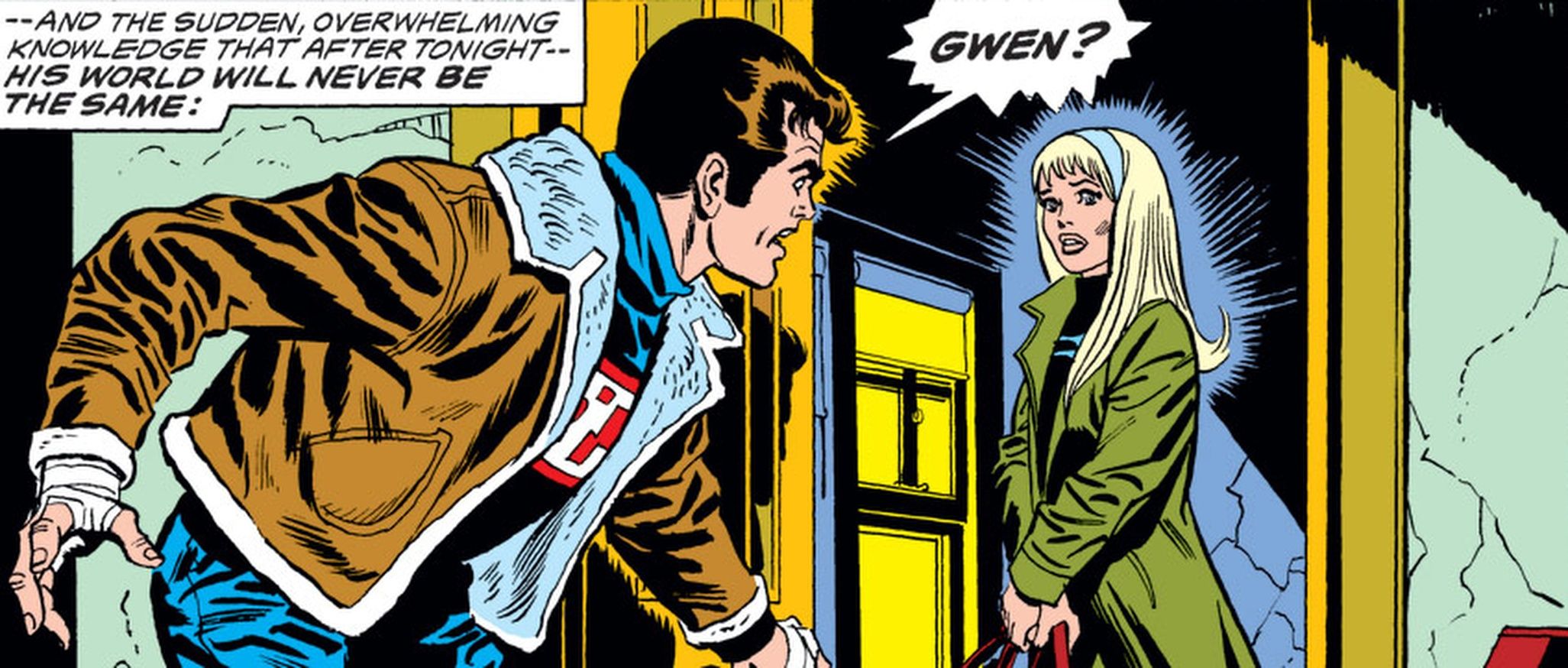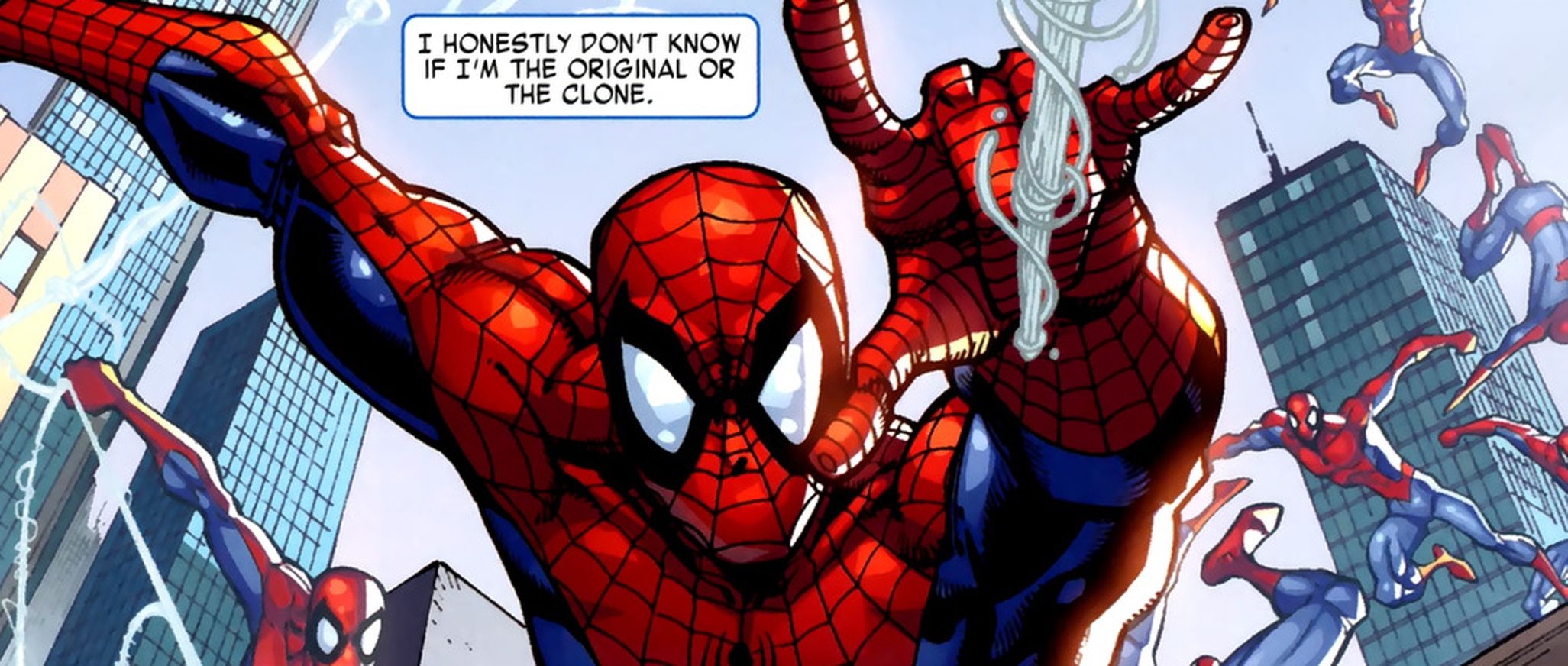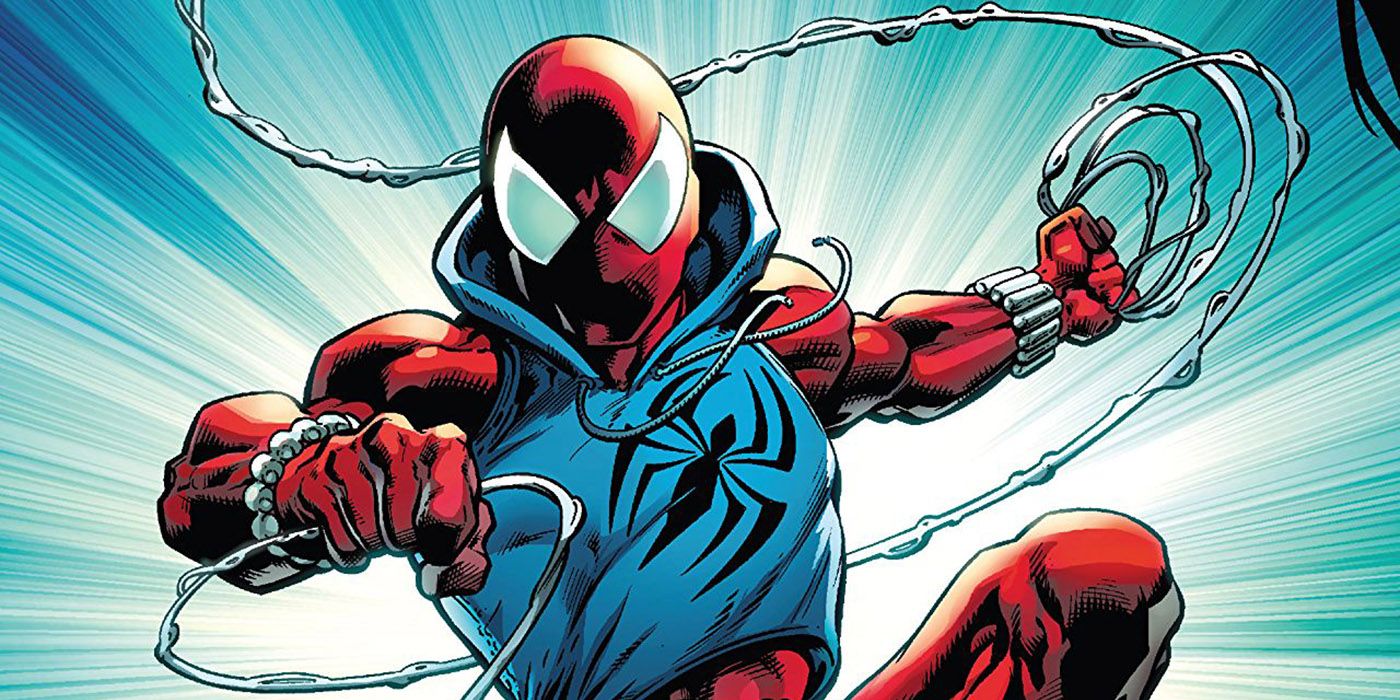Comic book fans are not shy about making their opinions heard. Whether it be through forums, comment sections, or votes arranged by publishers, the fans have had a consistent influence on the stories they read. Today, social media sites such as Twitter and Facebook make interacting with creators and publishers as easy as sending a quick message or tagging them in your post with relatively minimal effort, but in the pre-internet era, fans had to go out of their way to interact with creators, perhaps making their contributions carry a little more weight then.
The truth is, fans can make or break a comic book series with their weekly decisions on what to add to their pull-lists, but fan interaction has went beyond simple sales figures in the past, and publishers have recognized this. Slumps in popularity and sales have previously led to fans voting on outcomes within the pages of their favorite comics, and changes have even been implemented due to fan backlash.
While this list isn't in any particular order, it's safe to say that the moments included were huge within in the history of comic books and they are predominately from DC and Marvel, respectively. Here are 15 Huge Comic Book Moments Decided By Fans.
15. The Batman-Azrael Shuffle
Bane breaking Batman's back in Batman #497 has become one of the most memorable moments in the Caped Crusader's history. Knightfall was an epic that, along with Knightquest and KnightsEnd, spanned an incredible 16 months, but fan reactions caused Knightquest to end much sooner than originally planned.
After Bane breaks the Bat, the mantel of the Dark Knight is taken on by Azrael - an unstable former assassin who slowly erodes the trust that Gotham had in Batman prior to his replacement, due, in part, to his excessive violence. Fans reacted negatively to the choice, leading to the rushed return of Bruce Wayne as Batman. Chuck Dixon, one of the writers of the series, stated that the poor reception to the Azrael's armored incarnation of the World's Greatest Detective was the key factor for Wayne's relatively speedy recovery. It was somewhat paranormal recovery (oh, hey The Dark Knight Rises!), but that's something for another list.
14. Deadpool's Revival
It's madness to think now that Deadpool wasn't always seen as one of the most popular characters at Marvel, but the character's 1997 ongoing series was slated to finish after a measly 25 issues.
However, much like its titular character, Deadpool was 'unkillable'. After fan outcry, the series was revived, allowing Joe Kelly to take his foul-mouthed mercenary to issue 33. Kelly didn't expect it to gain a second revival, and so he wrote an organic ending for #33, but fans pushed for the book to return once more, taking the series all the way up to a 69th issue (which seems a little deliberate) with a new creative team.
Fans pushing for Deadpool to return on multiple occasions opened Marvel's eyes on the character, not only cementing his cult status, but helping him become the quasi-marquee character of both page and screen he is today. Wade Wilson is definitely one of the most recognizable characters at Marvel, but imagine a world where the book remained cancelled all those years ago? We shudder to think.
13. Black-Suit Spider-Man
Bought by the then Editor-in-chief, Jim Shooter, for the bargain price of $220, the idea to give Spider-Man a black suit was conceived by Spider-fan, Randy Schueller. Driven by a self-confessed "comic grandeur", Schueller submitted a story idea in which Spidey got a new costume thanks to Reed Richards of the Fantastic Four, and Shooter was so on board with the idea that he contacted Schueller offering to buy it and give him a crack at writing his very own story.
Unfortunately for Schueller, his writing career did not advance as well as he'd hoped, with his script never seeing the light of day. He also remained largely unknown in the comic book world, with fans being aware of the legend that black-suit Spider-Man was the brainchild of a fan. But in 2007, Schueller came out of the proverbial closet, in the wake of the release of Spider-Man 3, and admitted that he had submitted the idea and had the letter from Shooter to prove it.
12. Sue Storm's Force Fields
In 1961, Jack Kirby and Stan Lee brought the first-family of Marvel, The Fantastic Four, into the world. Mr. Fantastic could stretch for days and take on new shapes, The Thing was near invincible and had super strength, The Human Torch could engulf himself in flames and fly, and the Invisible Woman could... well, she could make herself invisible.
Fans were also aware that Sue Storm's powers were pretty weak as superhero abilities go, leading to Stan Lee's reaction in Fantastic Four #11 - the men of the FF answering Sue's hate mail. The issue showed Mr. Fantastic comparing the inspiration that Sue gives to the team to that of Abe Lincoln's mother. Despite this, in reaction to fan requests to give her more, Sue was given the ability to generate force fields, which have propelled her to an almost unrivaled position of power both within the FF and the wider Marvel Universe. Fantastic Fans, more like, right? RIGHT?!
11. Hulk Returns
Long ago, Marvel was only allowed to release a set amount of issues each month, thanks to the company that later became DC Comics owning the distribution game. Due to this, in 1963, The Incredible Hulk was the unlikely victim of cancellation, as Marvel had to cancel a book in order to release another - Sgt. Fury and his Howling Commandos.
Stan Lee noted that the cancellation led to thousands of letters calling for the Hulk to return, leading to the character's inclusion in The Avengers #1. The Hulk left the team at the end of issue 2, only to return in issue 3 to team up with Namor and take on his former teammates. Fan reception of the cancellation of The Incredible Hulk led to Marvel bringing back the character without any real plans for him. He jumped around, guest-starring in Fantastic Four and Amazing Spider-Man, with bit-parts in The Avengers and Tales to Astonish, before finally getting his own series once again in 1968.
10. Spider-Girl Gets Amazing
Spider-Girl was something of a surprise to a lot of fans. While other titles in Marvel's alternate reality, MC2, were quickly cancelled with no substantial fan reaction, Spider-Girl continued thanks to the collective effort of Tom DeFalco and a group of hardcore fans who had set up a website to help gain support for the struggling but lovable book.
Spider-Girl was scheduled to finish with #100 and the death of May "Mayday" Parker, but due to the massive support from DeFalco and the fans, Marvel seized the opportunity to re-brand, thus creating The Amazing Spider-Girl.
Despite its eventual cancellation and intermittent return, Spider-Girl and Amazing Spider-Girl lasted much longer than its fellow MC2 books, with A-Next and J2 not making it past 12 issues, and Wild Thing and Fantastic Five barely scraping half that. The success can definitely be attributed to the fans... and Tom DeFalco.
9. Zatanna Joins The Justice League
Fan votes for comics were all the rage in the 1970s and '80s, but none were more high-profile than choosing the newest member for the Justice League.
In the pages of Justice League of America #161, by Jerry Conway and Rick Dillon, members of DC's greatest superteam, acting as a proxy of the fans, voted on the new member themselves. Zatanna was inducted into the JLA in the same issue.
Voting another female hero into the JLA was a big deal in 1978. The team already included the likes of Wonder Woman, Hawkgirl, and Black Canary, but none of these were subject to a public vote. The fans decided, and the mistress of magic was added to the team, only to become one of its most influential members, being involved in high profile storylines, crossing-over with the Vertigo line, and becoming a central character in Identity Crisis.
8. Batman Beats Captain America
You read that right, folks. DC Comics' Batman defeated Marvel Comics' Captain America in a straight-up fight. Well, kind of.
In 1996, Marvel and DC crossed-over for a battle royale, the likes of which has yet to be seen again. As the story goes, the godlike incarnations of the two big publishers challenge each other to a series of smackdowns involving the superheroes from each side, with the outcome for some of the fights being determined by fan voting.
Batman was pitted against Captain America in a hand-to-hand battle that lasted hours, both characters recognizing the others' abilities, and Batman even stating that Cap could maybe take him out. But the fans decided that the Caped Crusader would win, and so he did. Although the details of the victory remain up for debate, with Cap falling victim to the sewer system and Batman nailing him with a cheap shot, this is just a case of water works.... ba-dum-tsss.
7. Ms. Marvel Returns From Limbo
Marvel may now have a blockbuster Captain Marvel movie on the cards, but Carol Danvers wasn't always so popular with the brass. While under the Ms. Marvel moniker, Danvers faced a rather drawn-out process of being written out of the Avengers series.
David Michelinie, Jim Shooter, Bob Layton, and George Perez all contributed to the twisted, Stockholm Syndrome-esque phasing out of Ms. Marvel in Avengers #200, where she is essentially forced to love her captor, become mysteriously pregnant, and depart this world with a being from Limbo.
Chris Claremont, after reading a powerful piece by Carol A. Strickland, agreed that this act was essentially rape, and brought back Ms. Marvel to confront her former teammates in Avengers Annual #10 about how neglectful they were in not confronting this issue and helping her overcome. Not very heroic of Earth's Mightiest Heroes, but Strickland got it right.
6. Captain Marvel VS Marville
Before Carol Danvers assumed the mantel of Captain Marvel, there was another hero of that name (well, two if you count DC's Captain Marvel, now known as Shazam). In 2002, Captain Marvel was written by Peter David, and during a time of low sales, David made a bet with Bill Jemas that his book could out-perform Jemas'.
Thus began Marvel's complete wet-blanket campaign known as "U-Decide", where an established book like Captain Marvel went up against a new book, with the fans decided which one would get to stay. It was Captain Marvel vs Marville - a parody book that poked fun at the comic industry.
Jemas' book never stood a chance due to fans not even participating in the PR stunt, choosing instead to simply not buy Marville. The covers were also pretty ridiculous, making it one of the exceptions to not judging a book by its cover.
5. Armageddon Mad!
In 1991, DC Comics was once again hopping on that time-travel trope with Armageddon 2001 and the introduction of Waverider - a time-traveler who travels to 1991 from 2001 to try to prevent a 1991 hero from becoming the villain they are in 2001. Still with us? Good.
Fans indirectly decided the outcome after the news of who was going to be revealed as Monarch, the 2001 villain, was leaked and circulated around the web. DC failed to keep it under wraps, and fans found out that Justice Leaguer Captain Atom was set to turn heel and become the big bad in 2001.
Rather than let this leaked story play out, and going completely against the continuity of the story, DC changed the rogue hero from Captain Atom to Hawk, despite Waverider having seen Hawk die in the future while fighting Monarch. Armageddon 2001 may have been a better crossover with the original ending, but DC changed it to spite the fans who were responsible for the spread of spoilers. Take that, nerds!
4. Gwen Stacy Revival?!
The death of Gwen Stacy is still a sore point for many Spider-Man fans, but this was especially evident in the wake of Amazing Spider-Man #122. The negative fan reaction that immediately followed such upheaval as the death of a main character was noticed by the then Editor-in-Chief, Stan Lee, and he requested that Gerry Conway bring her back by any means necessary.
However, after Gwen's neck was broken due to the severe whiplash she experienced when Spider-Man saved her, there was no reasonable solution for bringing her back to life. So, naturally, it had to be a clone. This resulted in the very first Clone Saga, way back in 1973 - a storyline that was the direct result of negative fan reaction, but proved to be a huge success.
The arc also culminated in an explosion that left a pretty big plot-hole: was Spider-Man the real Spider-Man, or just a clone created by the Jackal? It took over 20 years for the fans to find out.
3. Peter Parker - Spider-Man
As if fans hadn't seen enough clones in the first Clone Saga, in October 1994, Marvel began another crossover that lasted a whopping 26 months and stretched over multiple Spider-Man titles. Here, fans got to find out whether the Spider-Man they had been reading about all these years was the real Peter Parker or not.
It was eventually revealed that Ben Reilly, thought to be a clone of Peter Parker, was actually the original, and that it was Parker who was the clone. After the revelation, Peter and MJ leave, allowing Ben Reilly to drop his Scarlet Spider persona and resume his crimefighting as Spider-Man.
Although Scarlet Spider became something of a cult hero, fans at the time despised the idea of Peter not being the one true web-slinger, and they made their voices heard, prompting Marvel to backtrack on the idea and have Parker reinstated as Spider-Man prime, with Reilly being the clone once again.
2. The Classic Hoodie Returns
Ben Reilly made his return to Marvel Comics after the Spider-Man storyline, Dead No More: The Clone Conspiracy, after which Peter David once again got the chance to write a Ben Reilly-led Scarlet Spider comic, introducing a new costume for the hero. However, fans couldn't let this slide, demanding the return of the classic red spandex and blue hoodie combo that Scarlet Spider was famous for.
David was originally going to stick with the new costume, despite such fan criticism over the idea, but he eventually caved on that idea, opting to just revert back to the character's classic duds. On the Clone Saga Chronicles Podcast, David said: "I mean for decades Marvel Comics has always said, we give the fans what they want, you know, the fans are the true editors at Marvel Comics."
1. The Death Of Robin
To a lot of Batman fans, Dick Grayson will always be the best Robin, but his growth past adolescence to become Nightwing left a Robin-shaped gap in the Dynamic Duo. Enter Jason Todd. Jason proved not to have the same popularity as the first Boy Wonder, however, so in DC's 1988 storyline, A Death in the Family, the fans voted to kill him off.
In Batman #427, the rash Jason ignore Batman's warnings of how dangerous the Joker is, choosing to go off on his own to save his birth mother. The Joker then mercilessly beats the second Robin with crowbar (a weapon that has become somewhat synonymous with the Clown Prince of Gotham), leaving him locked in a warehouse. The cliffhanger prompted DC to set up a free telephone number for fans to vote on his survival, and the fans voted for the Boy Wonder to buy the farm in a slim 5,343 to 5,271 margin.
--
What other major comic book moments came about as a result of the fans? Let us know in the comments.

